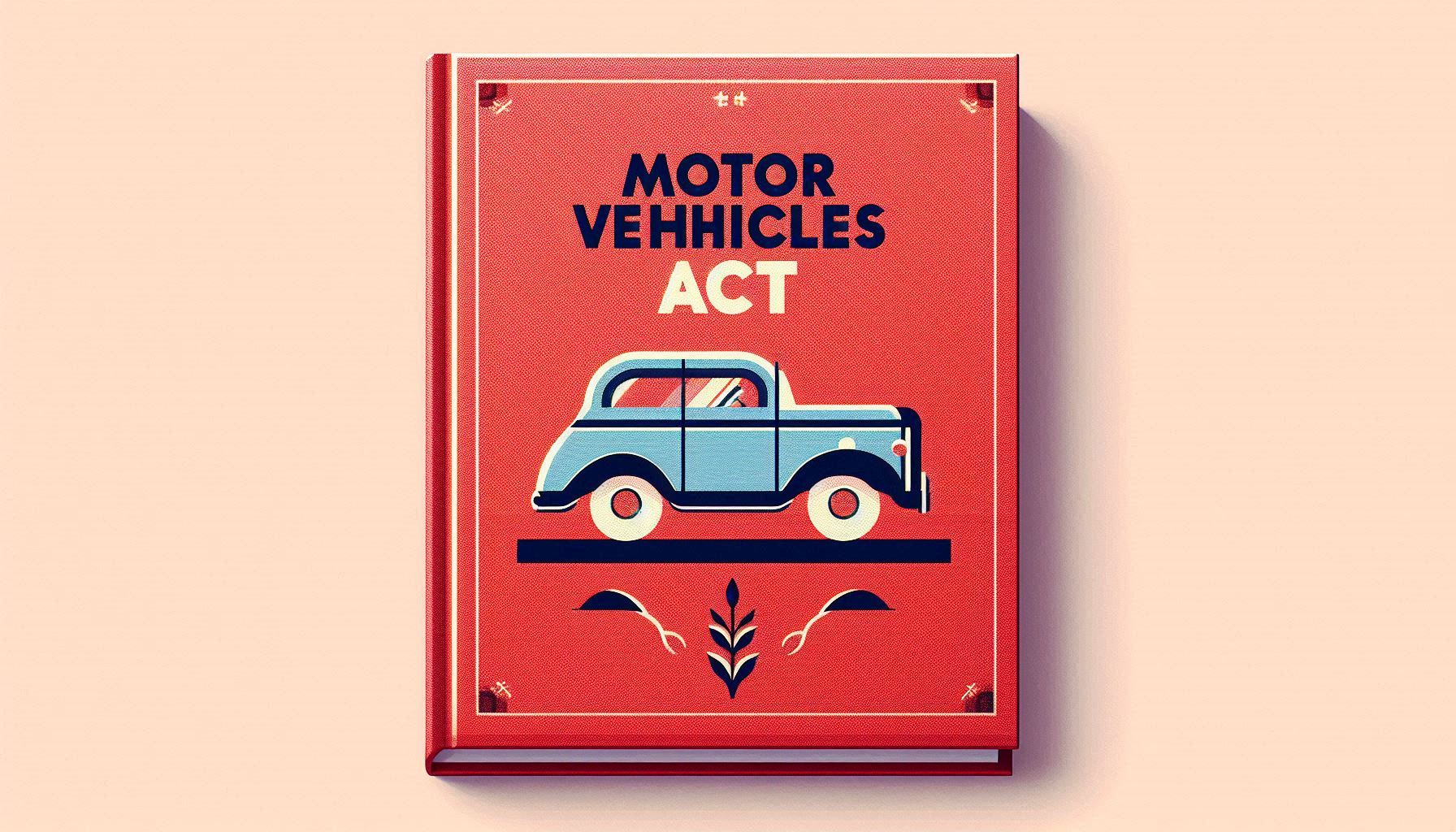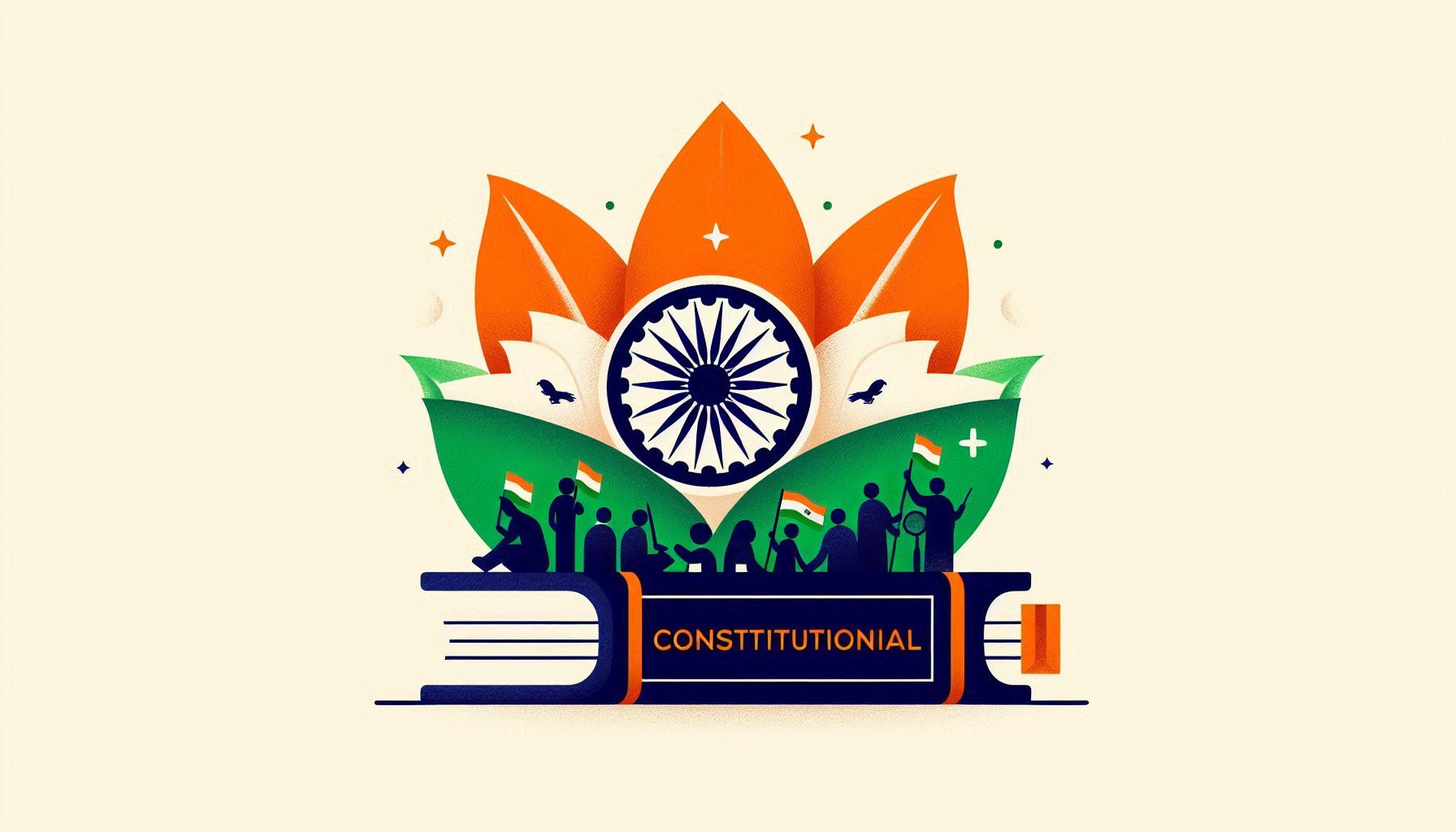Motor Vehicles Act: Comparing the 1988 and 2019 Versions

The Motor Vehicles Act is the principal legislation governing road transport in India. Enacted originally in 1988, it aimed to regulate various aspects such as vehicle registration, licensing, traffic management, insurance, permits, and penalties. Over the years, the growing number of vehicles, increased road accidents, and changing transportation patterns demanded substantial reforms. In response, the Motor Vehicles (Amendment) Act, 2019 was introduced.
This blog presents a comprehensive comparison between the Motor Vehicles Act of 1988 and its 2019 Amendment, exploring the need for reform, the key differences between the two versions, and how the updated provisions continue to impact Indian road safety and governance in 2025. It also highlights how legal professionals and students can rely on trusted publications like LexisNexis to stay updated on these legal developments.
Background: Why the Amendment Was Necessary
The Motor Vehicles Act, 1988, served well for its time. However, with India’s rapid urbanisation and motorisation, it became outdated in addressing several pressing issues, such as:
High rate of road accidents and fatalities
Corruption and inefficiencies in issuing licenses
Minimal accountability for authorities and contractors
Inadequate compensation for accident victims
Absence of regulation for ride-hailing platforms
Lack of provisions for technology-driven enforcement
Recognising these gaps, the Motor Vehicles (Amendment) Act, 2019 introduced significant changes. The amendments focus on strengthening road safety, improving accountability, promoting digitisation, and enhancing public trust in traffic governance.
Key Differences Between the Motor Vehicles Act, 1988 and the 2019 Amendment
1. Stricter Penalties for Traffic Violations
Under the 1988 Act, penalties were too low to deter violations. Fines remained unchanged for decades, making them ineffective.
Revised penalties under the 2019 Amendment:
| Violation | Fine (1988 Act) | Fine (2019 Amendment) |
| Driving without a license | ₹500 | ₹5,000
|
| Drunk driving | ₹2,000 | ₹10,000 or 6 months jail |
| Overspeeding | ₹400 | ₹1,000 – ₹2,000 |
| Using a mobile while driving | ₹1,000 | ₹5,000 |
The updated fines reflect the seriousness of violations and aim to reduce traffic violations through deterrence.
2. Compensation and Accident Claims
The 1988 Act had minimal provisions for road accident victims. Compensation amounts were low, and delays in claim settlements were common.
Key reforms in the 2019 Act:
-Provision for minimum compensation of ₹5 lakh in death cases
-Cashless treatment during the golden hour
-Faster settlement through the Motor Vehicle Accident Fund
-Simplified process under the Motor Accident Claims Tribunal (MACT)
This victim-centric approach promotes timely assistance and justice to families affected by road accidents.
3. Licensing Process and Driver Training
Under the 1988 framework, it was possible to acquire a driving license without undergoing proper training or testing.
The 2019 Amendment emphasises:
-Accredited driver training centres for commercial drivers
-Use of automated driving test systems
-Integration of biometric authentication in issuing licenses
-Restrictions on learners’ licenses without proper documentation
This change aims to ensure that only trained individuals are permitted to drive, thereby reducing avoidable accidents.
4. Regulation of Aggregators
The 1988 Act had no provision to regulate online cab aggregators, as companies like Uber and Ola did not exist back then.
The 2019 Act introduced:
-Mandatory licensing of aggregators
-Clear safety and fair regulation framework
-Provisions to handle surge pricing and rider complaints
This brings such services within the legal framework and ensures accountability and consumer protection.
5. Protection of Good Samaritans
Previously, individuals helping accident victims faced legal risks and harassment, discouraging public assistance.
The 2019 Amendment offers:
-Legal protection for Good Samaritans
-No obligation to reveal identity or appear repeatedly in court
-Guidelines to protect them from police harassment or civil liability
This provision encourages bystanders to help accident victims without fear.
6. Vehicle Recall and Fitness Norms
The 1988 Act did not mandate fitness tests for all vehicle categories or recall of defective vehicles.
The 2019 reforms include:
-Provisions for mandatory recall of defective vehicles
-Automated fitness testing of commercial vehicles
-Penalties for manufacturers if defects lead to accidents
This improves vehicle safety and ensures that unfit vehicles are not on roads.
7. Digitisation and Traffic Enforcement
The earlier law relied heavily on manual systems, leading to inefficiencies and corruption.
Changes introduced in the 2019 Amendment:
-Integration of RTOs through the Vahan and Sarathi portals
-Acceptance of digital documents through DigiLocker
-Use of e-challans and surveillance-based enforcement
-Real-time access to vehicle and driver records
These digitisation efforts streamline administration and reduce human error and delays.
8. Accountability of Road Authorities
Under the 1988 Act, road contractors and government officials were rarely held accountable for poorly maintained roads.
The 2019 Act introduced:
-Civil liability for road contractors for faulty design or maintenance
-Accountability of RTO officials for malpractices in licensing
-Penalties for non-compliance with infrastructure safety norms
This provision aligns with the principle of shared responsibility among stakeholders.
Current Relevance in 2025
Five years since its implementation, the 2019 Amendment continues to shape traffic governance in India. It is relevant in various ways:
-Judicial Oversight: Courts frequently refer to the new law in accident compensation and motor insurance cases.
-Policy Reforms: State governments implement stricter road safety norms inspired by the central framework.
-Technological Expansion: Use of AI for traffic monitoring and automated challans has become more widespread.
-Public Awareness: Citizens are more aware of their rights, obligations, and penalties.
The Act also plays a critical role in government initiatives like the Road Safety Month, Safe India Campaign, and Bharat New Vehicle Safety Assessment Programme (BNVSAP).
Criticism and Challenges
Despite its progressive features, the 2019 Act has faced criticism:
-Excessive fines in some states led to public protests and partial rollbacks
-Implementation inconsistencies across states due to it being a concurrent subject
-Digital divide affecting rural compliance with digital license and insurance systems
However, these are largely administrative and can be addressed with better state-centred coordination and public awareness.
Legal and Academic Importance
For legal professionals and students, understanding the Motor Vehicles Act is essential because:
-It regularly features in judiciary exams, law school exams, and bar council exams
-It forms the basis for many accident-related tort claims
-It intersects with insurance law, constitutional law, and criminal law
Lawyers involved in motor accident claims, insurance litigation, or criminal defence must be familiar with its evolving nature.
Why LexisNexis Is a Trusted Resource
For legal clarity and academic preparation, LexisNexis remains a leading publisher of legal content. Its books on the Motor Vehicles Act are widely used by:
-Law students for an in-depth understanding of statutory provisions
-Legal practitioners for updated rules, cases, and commentaries
-Judges and scholars for reference in judicial decisions
LexisNexis offers:
-Updated Bare Acts with amendments
-Detailed commentaries and case law analysis
-Practical guides for litigation and claims
-Law textbooks and exam prep books for students
For anyone working on or studying the Motor Vehicles Act, LexisNexis editions provide reliable and well-researched insights.
Conclusion
The Motor Vehicles Act has evolved significantly since its original enactment in 1988. The 2019 Amendment was not merely an update but a transformational shift in how road laws are perceived and enforced in India. It emphasises safety, accountability, digital governance, and public welfare. Though challenges remain in its uniform application, the law is a major step toward modern and responsible road management.
As we move forward, the need to align transportation policies with evolving realities—climate change, electric vehicles, AI-driven traffic systems, and increasing urbanisation—will make the Motor Vehicles Act even more crucial.
For legal professionals, students, and citizens alike, staying informed about this legislation through credible resources like LexisNexis is key to understanding the present and shaping the future of transport law in India.
Note: IndiBlogHub features both user-submitted and editorial content. We do not verify third-party contributions. Read our Disclaimer and Privacy Policyfor details.







